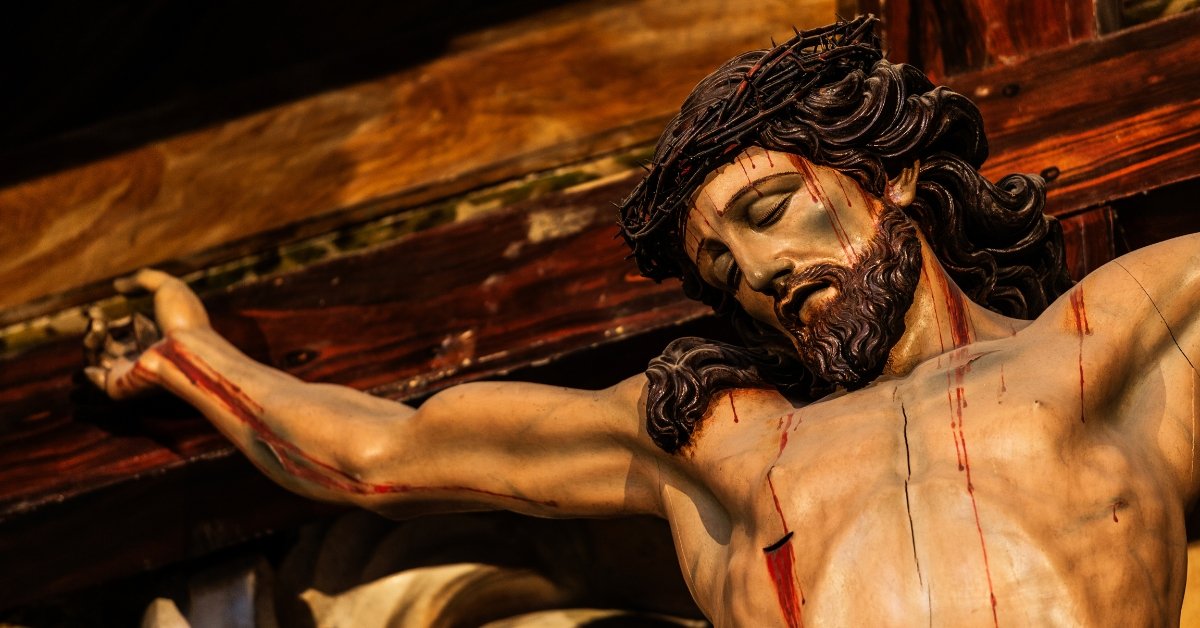Hey there, history buffs and curious souls!
Today, we are delving into an age-old topic that has captivated the world for centuries—the crucifixion of Jesus Christ.
Understanding the historical context surrounding this event is essential to appreciate its impact on religion, culture, and society.
So, grab a cup of coffee, get cozy, and let us dive into the crucifixion of Jesus and the world that shaped it.
Roman Empire: Setting the Scene
To understand the crucifixion of Jesus, we need to step back in time to the Roman Empire, specifically the province of Judea.
It was a melting pot of cultures and beliefs under the iron fist of Roman rule.
The empire was known for its brutal methods of maintaining law and order, and crucifixion was one of them—a painful and public execution method reserved for criminals, rebels, and slaves.
Judean Unrest: Tensions on the Rise
At the time, Judea was a hotbed of political and religious turmoil.
The Jewish people were not too happy about being ruled by the Romans, and tensions were mounting.
The Romans had little understanding of Jewish customs and beliefs, and their rule often conflicted with Jewish practices. This unrest led to frequent uprisings, which the Romans harshly suppressed.
Jesus: A Threat to the Establishment
Enter Jesus of Nazareth, a charismatic preacher whose teachings attracted a growing following.
He challenged the religious elite’s authority, and his popularity made him a potential threat in the eyes of the Roman and Jewish authorities.
As a result, the religious leaders accused Jesus of blasphemy and sought to silence him.
Trial and Crucifixion: The Final Chapter
Jesus’ fate was sealed when he was arrested and brought before the Roman governor, Pontius Pilate.
Though Pilate found no guilt in Jesus, he eventually succumbed to political pressure and ordered Jesus’ crucifixion.
It was a brutal, humiliating, public death meant to warn others who might challenge Roman authority.
Impact and Legacy: The Ripple Effect
Though Jesus’ crucifixion was meant to suppress his message, it had the opposite effect.
His followers were convinced he had risen from the dead, and his teachings gained even more traction.
As a result, the crucifixion of Jesus became a pivotal moment in history, leading to the birth of Christianity. This faith would eventually spread far beyond Judea’s borders and change the course of history.
Conclusion
The crucifixion of Jesus Christ is a story that transcends time, shaped by the historical context of the Roman Empire and the unrest in Judea.
It is a tale of political intrigue, religious conflict, and an extraordinary figure whose teachings ultimately transform the world.
By understanding the backdrop against which Jesus’ crucifixion took place, we can better appreciate its profound impact on countless people’s lives and the course of human history.
So, the next time you hear about the crucifixion of Jesus, remember the world that gave birth to this powerful event and let it inspire you to learn more about the fascinating history surrounding us.
Get our best stuff sent straight to you! Join our WhatsApp Channel.






